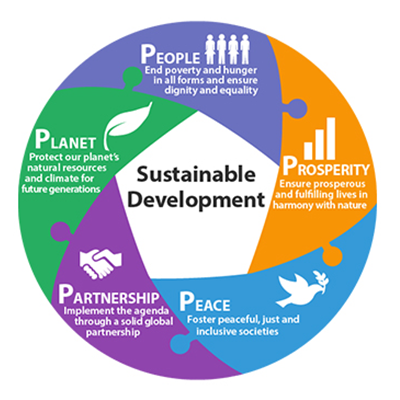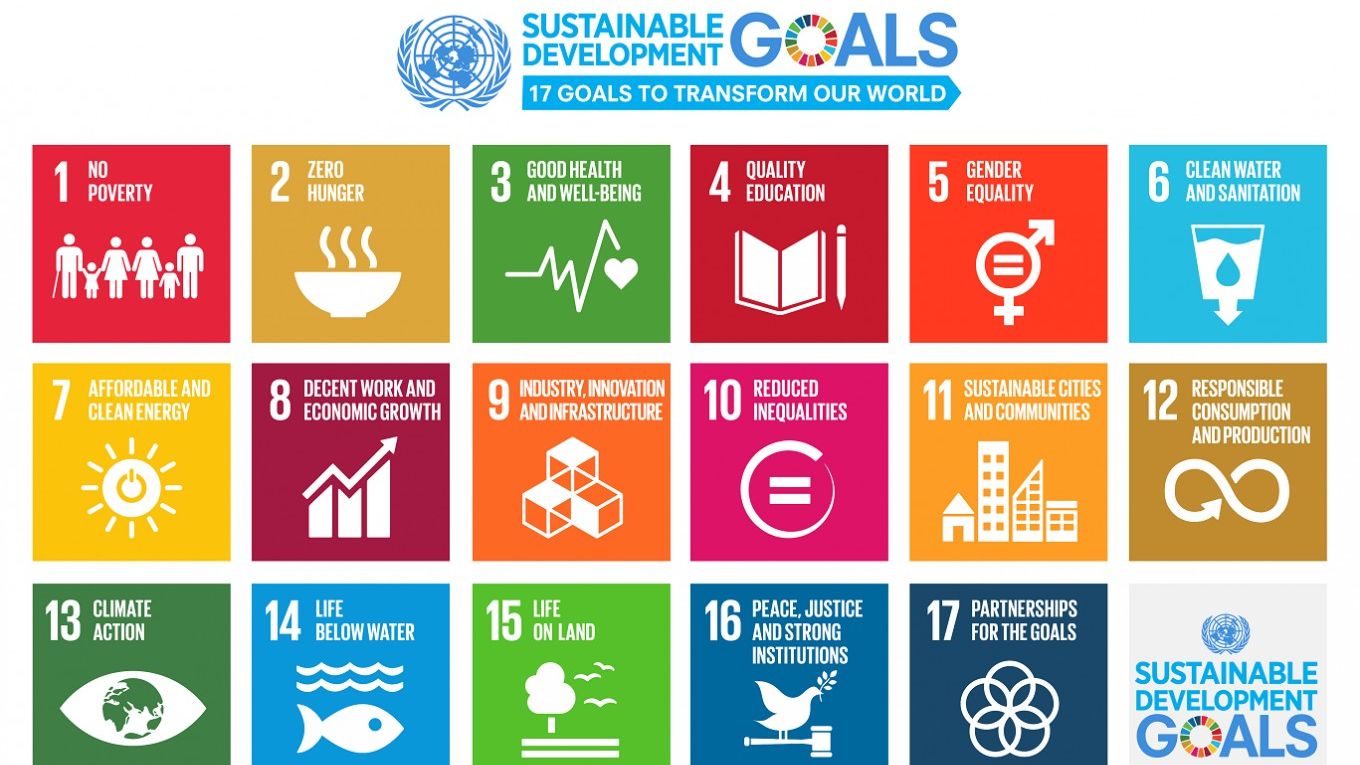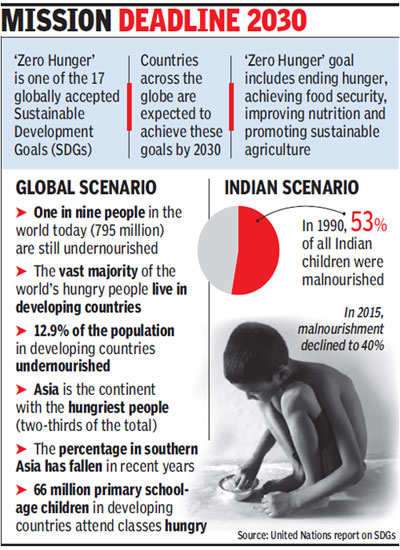What is our vision for the future? What kind of a world do we envision for our children? While most of us are aware of the problems our environment is challenged with , very few have a clear vision of what kind of world they would like to create. Where do we want to go and how are we going to get there?
In a recent conference one of the speakers shared that while imagining a thousand year plan the participants decided that in the future ' humans would not die'. I was taken aback by this vision and cringed at the thought of a population that was constantly growing older but never died. In all our discussions on sustainability, do we know what a sustainable society would look like?
|
|
|
“Sustainable development has been defined as development that meets the needs of the present without compromising the ability of future generations to meet their own needs”, as defined in “Our Common Future Report”, also called the Brundtland Report which was written in 1987.
|
|

|
|
Source: Wittgensteincentre.com
|
|
|
The Sustainable Development Goals (SDGs)
|
|
|
|
The Sustainable Development Goals (SDGs), also known as the Global Goals, are a universal call to action to end poverty, protect the planet and ensure that all people enjoy peace and prosperity. The 2030 Agenda was formally adopted on September 25, 2015, at a UN Summit attended by over 150 heads of state. It includes the 17 Sustainable Development Goals .Over the next fifteen years, upto 2030, to reach these goals, countries have to work together to end all forms of poverty, environmental damage and inequalities that exist in today's society.
What are these goals that our leaders have agreed to pursue and how can we participate in the journey towards achieving them?
|
|

|
The 17 SDGs
Source:www. undp.org
|
|
|
Source: UNDP website
SDG1: End poverty in all its forms everywhere
The target is to reduce at least by half the proportion of men, women and children of all ages living in poverty in all its dimensions.
SDG2: Zero Hunger
Investments in agriculture are crucial to increasing the capacity for agricultural productivity and sustainable food production systems are necessary to help alleviate the perils of hunger.
SDG3: Good Health and Well Being
Ensuring healthy lives and promoting the well-being at all ages is essential to sustainable development.
SDG4: Quality Education
By 2030, the target is to ensure all girls and boys complete free, equitable and quality primary and secondary education.
|
|
|
SDG5: Gender Equality
1 in 5 women and girls between the ages of 15-49 have reported experiencing physical or sexual violence by a partner within a 12-month period and 49 countries currently have no laws protecting women from domestic violence. The goal is to end all forms of discrimination against all women and girls everywhere.
SDG6: Clean water and sanitation
Water scarcity, poor water quality and inadequate sanitation negatively impact food security, livelihood choices and educational opportunities for poor families across the world. By 2030, the goal is to achieve universal and equitable access to safe and affordable drinking water for all.
SDG7: Affordable and clean energy
Energy is central to nearly every major challenge and opportunity the world faces today. Be it for jobs, security, climate change, food production or increasing incomes, access to energy for all is essential. The goal is to ensure universal access to affordable, reliable and modern energy services.
SDG8: Decent work and economic growth
The goal is to sustain per capita economic growth in accordance with national circumstances and, in particular, at least 7 per cent gross domestic product growth per annum in the least developed countries.
|
|
|
SDG9: Industry, Innovation and Infrastructure
To develop quality, reliable, sustainable and resilient infrastructure, including regional and transborder infrastructure, to support economic development and human well-being, with a focus on affordable and equitable access for all.
SDG10: Reduced Inequalities
By 2030, progressively achieve and sustain income growth of the bottom 40 per cent of the population at a rate higher than the national average.
SDG11: Sustainable cities and communities
The goal is to ensure access for all to adequate, safe and affordable housing and basic services and upgrade slums.
SDG12: Responsible and Sustainable Production and Consumption
The goal is to achieve the sustainable management and efficient use of natural resources.
SDG13: Climate Action
The aim is to offer affordable, scalable solutions available to countries to leapfrog to cleaner, more resilient economies. The goal is to strengthen resilience and adaptive capacity to climate-related hazards and natural disasters in all countries.
SDG14 : Life below water
The goal is to prevent and significantly reduce marine pollution of all kinds, in particular from land-based activities, including marine debris and nutrient pollution.
|
|
|
SDG15: Life on land
To ensure the conservation, restoration and sustainable use of terrestrial and inland freshwater ecosystems and their services; in particular forests, wetlands, mountains and drylands, in line with obligations under international agreements.
SDG16: Peace, Justice and strong institutions
To significantly reduce all forms of violence and related death rates everywhere. The threats of international homicide, violence against children, human trafficking and sexual violence are important to address to promote peaceful and inclusive societies for sustainable development.
SDG17: Partnership for the goals
A successful sustainable development agenda requires partnerships between governments, the private sector and civil society. These inclusive partnerships built upon principles and values, a shared vision, and shared goals that place people and the planet at the centre, are needed at the global, regional, national and local level.
|
|
|
SDGs-Where does India stand?
|
|
|
|
Although India, in recent years, has prioritized the agenda of employment, economic growth, food security, water and energy security, and poverty alleviation, it still has a long way to go in comparison to its counterparts in the world.
|
|

|
40% of Indians are malnourished (unicef)
Source: Times of India
|
|
India ranks 116 on the SDG index. The SDG Index comprises 149 of the 193 UN member states. The SDG Index is built on a set of indicators for each of the 17 SDGs using the most recent published data.
|
|
|
|
What can we do? In alignment with the SDGs
|
|
|
|
eCoexist aims to achieve sustainability by changing the consumer's mindset and making him understand the value of sustainable living and lifestyle while focusing on environmental conservation.
Much of our work is in alignment with the SDGs set out above.
- Alleviating poverty is part of our work on income generation and livelihoods.( SDG1)
- Our Healing with Nature programme is looking at what constitutes Good Health and a sense of Well Being. ( SDG3)
- Our efforts on the Eco Ganesh campaign have been towards ensuring that our natural water bodies do not get pollluted by chemical substances. (SDG6, SDG14)
- The processes we follow aim to achieve responsible and sustainable production and we have been working consistently on creating conscious consumption habits in urban residents.(SDG12)
|
|
|
What can I do? Creating wisdom
|
|
|
Wisdom is evident in our choice of action.
Whether we will become a wiser society in the future or not, is eventually dependent on how deeply each one of us takes ownership of these lofty goals. Are we mindful of other living beings - on land and under water? Are we generous in sharing our wealth and helping others create wealth? Do we make conscious choices as consumers? Are we respectful of those who are different from us and create an inclusive world?
2030 is only a decade away. And yet, wisdom is not limited to time.
We can start by making wise choices today.
|
|
|
|